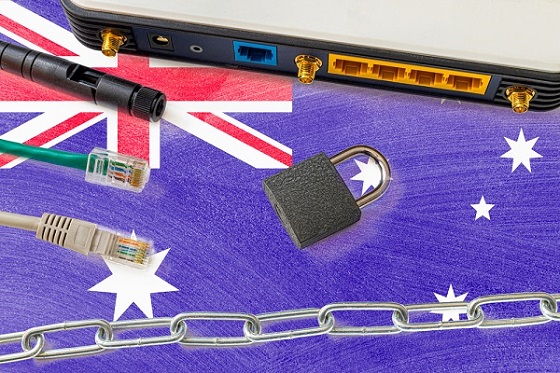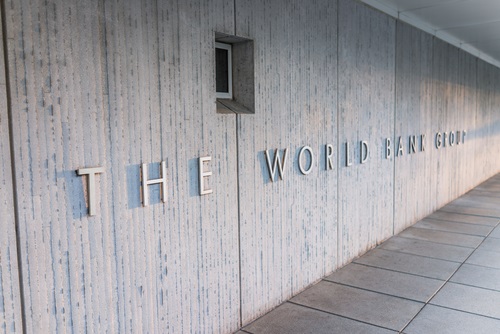Business
Time to cut government fat(cats)!
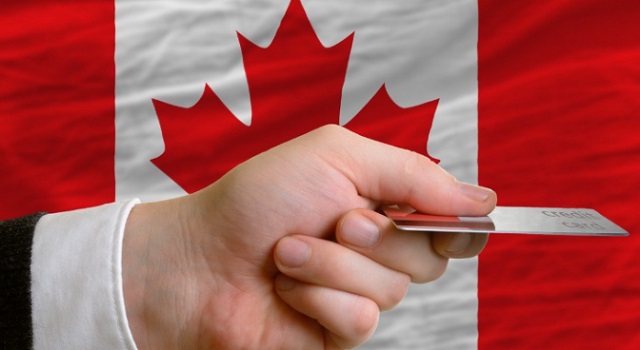
News release from the Canadian Taxpayers Federation
You’re not just paying for more government bureaucrats than ever.
You’re also paying for more government executives than ever to oversee those bureaucrats as they fail to deliver for you.
The federal government’s c-suite has ballooned by 42 per cent since Prime Minister Justin Trudeau took power. And those executives are paid up to $255,607 every year, on top of the bonuses and benefits they rake in.
And speaking of overpaid government executives…
CBC President Catherine Tait might take a bonus and severance pay out when she leaves the state broadcaster in the new year.
All that and more in this week’s Taxpayer Waste Watch. Enjoy.
Franco.
Time to cut the fat(cats)!
Forget Springfield, Ohio, we’ve got a problem with cats of a different sort in Ottawa – government fat cats.
Everywhere you look – from the Prime Minister’s Office to the Crown corporations to the departments – the cost and size of the bureaucracy is up.
Take the federal c-suite, which has increased by 42 per cent under the watch of Prime Minister Justin Trudeau.
There were 6,414 executives in the federal government when Trudeau took power.
Fast forward to today, and that number has jumped to 9,155.
That means Trudeau isn’t just ballooning the size of government in general, he’s also swelling the ranks of its most expensive bureaucrats.
Records obtained by the Canadian Taxpayers Federation reveal growth among every class of executive under Trudeau.
The salaries for those executives range from $134,827 to $255,607 per year, not including benefits or bonuses.
And you better believe those executives are taking bonuses.
About 90 per cent of federal executives get a bonus each year, according to additional records obtained by the CTF.
In fact, Trudeau dished out $202 million in bonuses in 2022, with the average bonus among executives being $18,252.
All told, compensation for federal executives was $1.95 billion that year, which represented a 41 per cent increase over 2015.
The size of the entire federal bureaucracy has also increased by 42 per cent under Trudeau, with more than 108,000 new bureaucrats added to the taxpayer dole.
Spending on federal bureaucrats hit a record high last year, at $67.4 billion, representing a 68 per cent increase since 2016.
Meanwhile, spending on consultants has also reached a record high, with expenditures for 2023 sitting at $21.6 billion.
So let’s get this straight.
Trudeau ballooned the government c-suite by 42 per cent.
He’s added 108,000 new bureaucrats.
He’s spending 68 per cent more on those bureaucrats, while also dropping more money on outside consultants than any prime minister in Canadian history.
And yet, despite all this new staff, all this outside help, and all this spending, government departments still can’t hit 50 per cent of their performance targets each year.
How is that even possible?
Can someone – anyone – explain what the heck is going on?
Because only one thing is for certain: taxpayers are getting screwed.
CBC President Catherine Tait won’t rule out bonus, severance
The president of everyone’s favourite state broadcaster – Catherine Tait – was back in Ottawa this week to answer questions about CBC bonuses.
During her testimony at the House of Commons Heritage Committee, Tait was asked by Conservative MP Damien Kurek if she would commit to not taking a severance pay out or a bonus when her term at the CBC ends in January 2025.
“I consider that to be a personal matter,” Tait said.
Does that sound like a “personal matter” to you? We certainly don’t think so.
Tait taking a taxpayer-funded bonus or severance pay out, on top of her six-figure, taxpayer-funded salary, is the furthest thing in the world from a “personal matter.”
It’s your money, so you have every right to know.
Canada falls behind on tax competitiveness
The results are in and they’re not good…
The Tax Foundation’s 2024 International Tax Competitiveness Index was released this week. The report compares tax systems for the 38 countries that belong to the Organization for Economic Co-operation and Development.
And the report shows that Canada has fallen behind many of our peers on tax competitiveness.
Canada ranked 17th on overall tax competitiveness, two spots worse than last year.
Canada ranked 31st on individual tax competitiveness.
Canada ranked 26th on business tax competitiveness.
Canada ranked 25th on property tax competitiveness.
The report also noted that Canada’s capital gain tax is “well above” the OECD average.
VIDEO: Here’s why Trudeau’s carbon tax is a scam
The Trudeau government is running a $7-million ad campaign to try to spin Canadians on the carbon tax.
The CTF is fighting back with a campaign of our own.
In the video below, CTF Federal Director Franco Terrazzano refutes Trudeau’s favourite talking points with cold hard facts and explains why the carbon tax is a scam.
Business
CBC’s business model is trapped in a very dark place
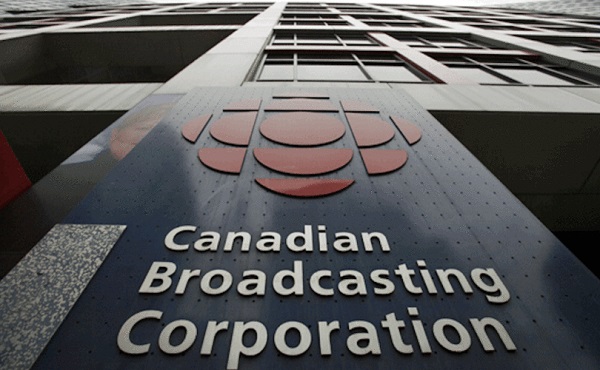
I Testified Before a Senate Committee About the CBC
I recently testified before the Senate Committee for Transport and Communications. You can view that session here. Even though the official topic was CBC’s local programming in Ontario, everyone quickly shifted the discussion to CBC’s big-picture problems and how their existential struggles were urgent and immediate. The idea that deep and fundamental changes within the corporation were unavoidable seemed to enjoy complete agreement.
I’ll use this post as background to some of the points I raised during the hearing.
You might recall how my recent post on CBC funding described a corporation shedding audience share like dandruff while spending hundreds of millions of dollars producing drama and comedy programming few Canadians consume. There are so few viewers left that I suspect they’re now identified by first name rather than as a percentage of the population.
Since then I’ve learned a lot more about CBC performance and about the broadcast industry in general.
For instance, it’ll surprise exactly no one to learn that fewer Canadians get their audio from traditional radio broadcasters. But how steep is the decline? According to the CRTC’s Annual Highlights of the Broadcasting Sector 2022-2023, since 2015, “hours spent listening to traditional broadcasting has decreased at a CAGR of 4.8 percent”. CAGR, by the way, stands for compound annual growth rate.
Dropping 4.8 percent each year means audience numbers aren’t just “falling”; they’re not even “falling off the edge of a cliff”; they’re already close enough to the bottom of the cliff to smell the trees. Looking for context? Between English and French-language radio, the CBC spends around $240 million each year.
Those listeners aren’t just disappearing without a trace. the CRTC also tells us that Canadians are increasingly migrating to Digital Media Broadcasting Units (DMBUs) – with numbers growing by more than nine percent annually since 2015.
The CBC’s problem here is that they’re not a serious player in the DMBU world, so they’re simply losing digital listeners. For example, of the top 200 Spotify podcasts ranked by popularity in Canada, only four are from the CBC.
Another interesting data point I ran into related to that billion dollar plus annual parliamentary allocation CBC enjoys. It turns out that that’s not the whole story. You may recall how the government added another $42 million in their most recent budget.
But wait! That’s not all! Between CBC and SRC, the Canada Media Fund (CMF) ponied up another $97 million for fiscal 2023-2024 to cover specific programming production budgets.
Technically, Canada Media Fund grants target individual projects planned by independent production companies. But those projects are usually associated with the “envelope” of one of the big broadcasters – of which CBC is by far the largest. 2023-2024 CMF funding totaled $786 million, and CBC’s take was nearly double that of their nearest competitor (Bell).
But there’s more! Back in 2016, the federal budget included an extra $150 million each year as a “new investment in Canadian arts and culture”. It’s entirely possible that no one turned off the tap and that extra government cheque is still showing up each year in the CBC’s mailbox. There was also a $93 million item for infrastructure and technological upgrades back in the 2017-2018 fiscal year. Who knows whether that one wasn’t also carried over.
So CBC’s share of government funding keeps growing while its share of Canadian media consumers shrinks. How do you suppose that’ll end?
We make content free for you but we require support to create journalism. Please consider a free subscription to our newsletter, or donate an amount of your choice.
Business
PBO report shows cost of bureaucracy up 73 per cent under Trudeau
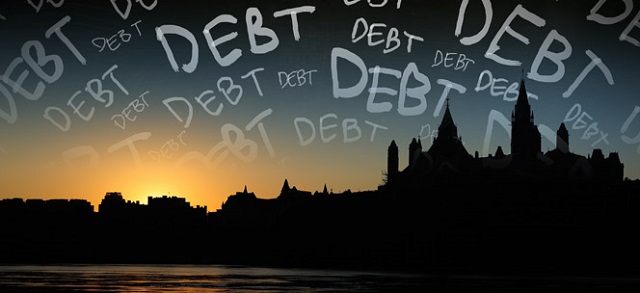
From the Canadian Taxpayers Federation
The Canadian Taxpayers Federation is calling on the federal government to rein in the bureaucracy following today’s Parliamentary Budget Officer report showing the bureaucracy costs taxpayers $69.5 billion.
“The cost of the federal bureaucracy increased by 73 per cent since 2016, but it’s a good bet most Canadians aren’t seeing anywhere close to 73 per cent better services from the government,” said Franco Terrazzano, CTF Federal Director. “Taxpayers are getting soaked because the size and cost of the federal bureaucracy is out of control.”
Today’s PBO report estimates the federal bureaucracy cost taxpayers $69.5 billion in 2023-24. In 2016-17, the cost of the bureaucracy was $40.2 billion. That’s an increase of 72.9 per cent.
The most recent data shows the cost continues to rise quickly.
“Spending on personnel in the first five months of 2024-25 is up 8.0 per cent over the same period last year,” according to the PBO.
“I have noticed a marked increase in the number of public servants since 2016 and a proportional increase in spending,” said Parliamentary Budget Officer Yves Giroux. “But we haven’t seen similar improvements when it comes to service.”
The Trudeau government added 108,793 bureaucrats since 2016 – a 42 per cent increase. Canada’s population grew by 14 per cent during the same period. Had the bureaucracy only increased with population growth, there would be 72,491 fewer federal employees today.
The government awarded more than one million pay raises to bureaucrats in the last four years, according to access-to-information records obtained by the CTF. The government also rubberstamped $406 million in bonuses last year.
“The government added tens of thousands of extra bureaucrats, rubberstamped hundreds of millions in bonuses and awarded more than one million pay raises and all taxpayers seem to get out of it is higher taxes and more debt,” Terrazzano said. “For the government to balance the budget and provide tax relief, it will need to cut the size and cost of Ottawa’s bloated bureaucracy.”
-

 Brownstone Institute1 day ago
Brownstone Institute1 day agoThe Most Devastating Report So Far
-

 Business1 day ago
Business1 day agoCarbon tax bureaucracy costs taxpayers $800 million
-

 ESG1 day ago
ESG1 day agoCan’t afford Rent? Groceries for your kids? Trudeau says suck it up and pay the tax!
-

 Daily Caller1 day ago
Daily Caller1 day agoLos Angeles Passes ‘Sanctuary City’ Ordinance In Wake Of Trump’s Deportation Plan
-

 John Stossel1 day ago
John Stossel1 day agoGreen Energy Needs Minerals, Yet America Blocks New Mines
-
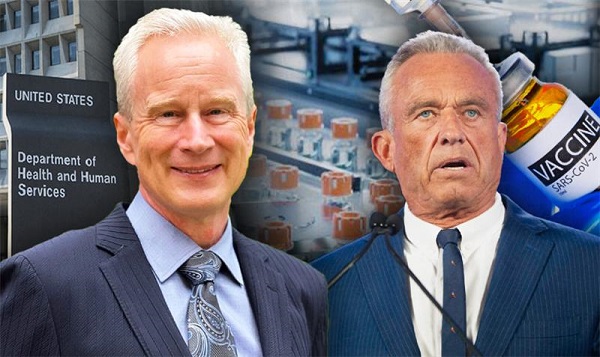
 COVID-192 days ago
COVID-192 days agoDr. McCullough praises RFK Jr., urges him to pull COVID shots from the market
-

 MAiD2 days ago
MAiD2 days agoOver 40% of people euthanized in Ontario lived in poorest parts of the province: government data
-

 Alberta1 day ago
Alberta1 day agoProvince considering new Red Deer River reservoir east of Red Deer






